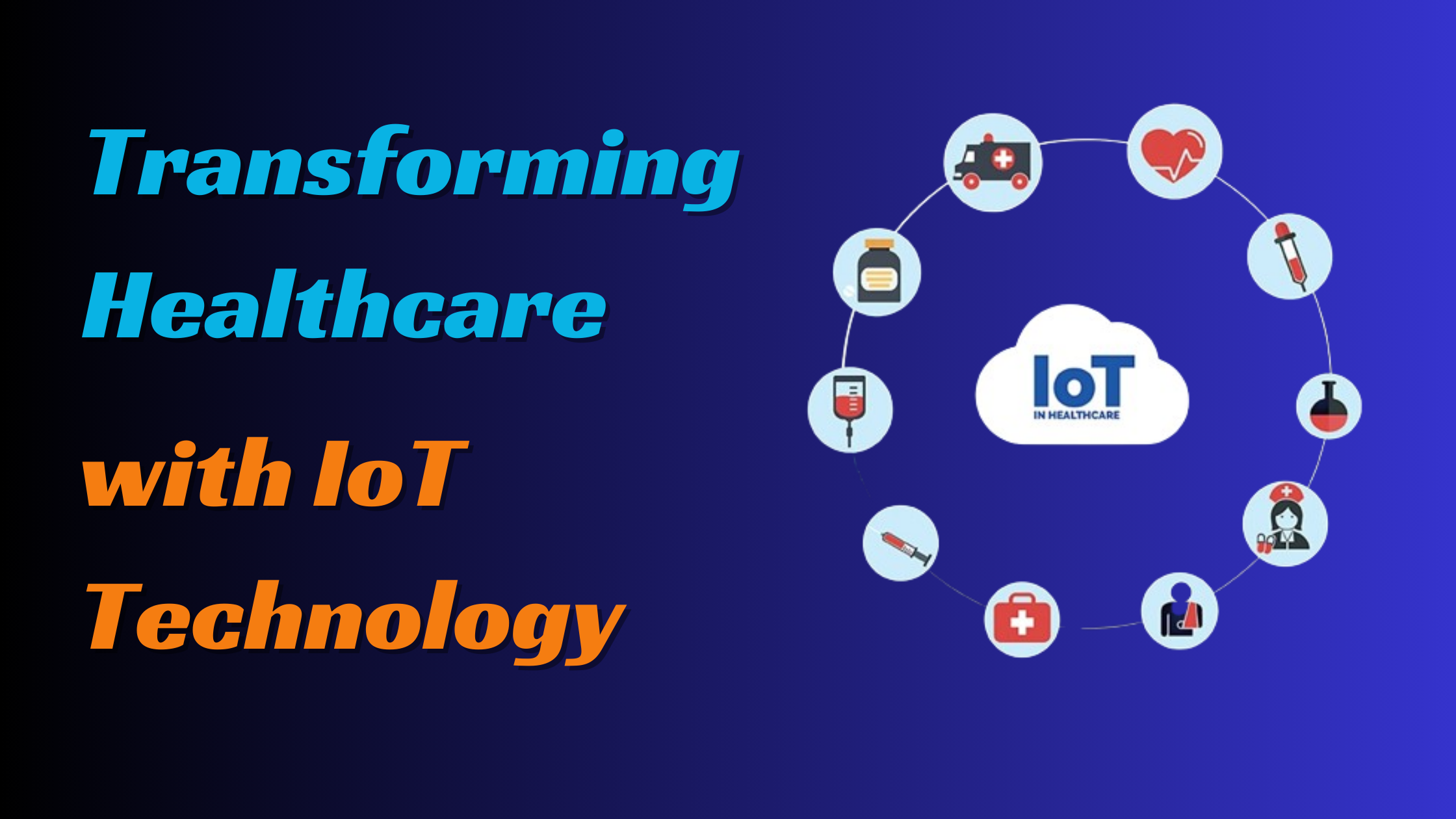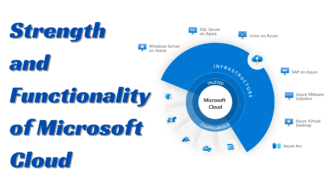Transforming Healthcare with IoT Technology
- 1 Transforming Healthcare with IoT Technology
- 1.1 Remote Patient Monitoring
- 1.2 Personalized Medicine
- 1.3 Predictive Analytics
- 1.4 Smart Healthcare Facilities
- 1.5 Medication Management
- 1.6 Telemedicine and Telehealth
- 1.7 Chronic Disease Management
- 1.8 Emergency Response Systems
- 1.9 Data-driven Insights and Research
- 1.10 To make a long story short
- 2 Conclusion:
- 2.1 FAQs:
- 2.1.1 How does IoT improve patient outcomes?
- 2.1.2 What role does predictive analytics play in healthcare?
- 2.1.3 How does IoT enhance telemedicine services?
- 2.1.4 What are the benefits of IoT in chronic disease management?
- 2.1.5 How do intelligent healthcare facilities improve operational efficiency?
- 2.1.6 What measures are in place to ensure data security in IoT healthcare applications?
- 2.1.7 How does IoT contribute to medical research and innovation?
In short:
- Remote Monitoring & Personalized Care: IoT enables remote monitoring of vital signs, promoting proactive healthcare interventions tailored to individual needs, enhancing patient outcomes, and reducing costs.
- Predictive Analytics & Smart Facilities: IoT helps anticipate and prevent health issues through predictive analytics, while smart healthcare facilities optimize operations for improved efficiency, safety, and patient comfort.
- Telemedicine & Chronic Disease Management: IoT facilitates telemedicine services for remote consultations and empowers patients to manage chronic conditions through continuous monitoring. This leads to better health outcomes and reduced healthcare utilization.
Technological advancements have become indispensable tools in improving patient care, enhancing operational efficiency, and driving innovation. Among these innovations, the Internet of Things (IoT) has emerged as a transformative force, reshaping the healthcare sector in profound and multifaceted ways. From remote patient monitoring to predictive analytics, IoT technology revolutionizes healthcare delivery, empowering patients and providers with unprecedented capabilities. Here, we will find how IoT is transforming the healthcare sector.
Transforming Healthcare with IoT Technology
Remote Patient Monitoring
IoT-enabled devices, such as wearable sensors and innovative medical implants, enable remote real-time monitoring of patient’s vital signs and health parameters. From tracking heart rate and blood pressure to monitoring glucose levels and medication adherence, these devices provide valuable insights into patients’ health status without frequent hospital visits. Remote patient monitoring improves patient outcomes by enabling early detection of health issues, enhances convenience, and reduces healthcare costs associated with traditional in-person care.
Personalized Medicine
IoT technology facilitates personalized medicine by collecting and analyzing patient data to tailor treatment plans to individual needs. Through wearable devices, electronic health records (EHR), and genetic testing, healthcare providers can gather comprehensive information about patients’ health, lifestyle, and genetic predispositions. This data-driven approach enables clinicians to prescribe medications, therapies, and lifestyle interventions tailored to each patient, optimizing treatment efficacy and minimizing adverse effects.
Predictive Analytics
By leveraging IoT technology and advanced analytics algorithms, healthcare organizations can harness the power of predictive analytics to anticipate and prevent adverse health events. By analyzing large datasets from diverse sources, including patient records, environmental factors, and population health trends, predictive analytics can identify patterns, trends, and correlations that may signal impending health issues. This proactive approach enables healthcare providers to intervene early, mitigate risks, and improve patient outcomes.
Smart Healthcare Facilities
IoT technology is revolutionizing healthcare facilities management by enabling the creation of intelligent hospitals and clinics. Connected sensors and automation systems monitor and control various aspects of facility operations, including temperature, humidity, lighting, and equipment usage. Brilliant healthcare facilities optimize energy efficiency, improve patient comfort, and enhance safety by automating routine tasks, detecting maintenance issues early, and ensuring regulatory compliance.
Medication Management
IoT-enabled medication management systems improve medication adherence, dosage accuracy, and patient safety by automating medication dispensing and monitoring. Intelligent pill dispensers, medication adherence apps, and electronic pill bottles remind patients to take their medications on schedule, track adherence rates, and provide alerts to healthcare providers in case of missed doses or potential medication errors. This proactive approach helps prevent medication-related complications and hospital readmissions.
Telemedicine and Telehealth
IoT technology has revolutionized telemedicine and telehealth services, enabling remote consultations, diagnosis, and treatment delivery. Through video conferencing, remote monitoring, and mobile health apps, patients can access healthcare services from the comfort of their homes, regardless of geographical barriers. Telemedicine improves access to care, particularly for underserved populations, but it also reduces healthcare costs and enhances patient satisfaction by eliminating the need for travel and wait times.
Chronic Disease Management
For patients with chronic conditions such as diabetes, hypertension, and heart disease, IoT technology offers innovative solutions for remote monitoring and disease management. Connected devices, such as glucometers, blood pressure monitors, and cardiac monitors, enable patients to track their health metrics and share data with healthcare providers in real time. This continuous monitoring empowers patients to manage their conditions more effectively, leading to improved health outcomes and reduced healthcare utilization.
Emergency Response Systems
IoT-enabled emergency response systems enhance patient safety and security by enabling timely emergency interventions. Wearable panic buttons, fall detection sensors, and smart home monitoring systems can detect emergencies such as falls, accidents, or sudden health crises and automatically alert caregivers or emergency services. This rapid response capability improves patient outcomes and provides peace of mind for patients and their families.
Data-driven Insights and Research
IoT-generated healthcare data fuels research and innovation by providing valuable insights into disease trends, treatment outcomes, and population health dynamics. By aggregating and analyzing data from diverse sources, including electronic health records, wearable devices, and social determinants of health, researchers can identify patterns, correlations, and predictive indicators that inform clinical decision-making and public health strategies. This data-driven approach accelerates medical research, fosters innovation, and improves healthcare delivery globally.
To make a long story short
IoT technology is revolutionizing the healthcare sector by empowering patients, enhancing clinical workflows, and driving innovation across the continuum of care. From remote patient monitoring and personalized medicine to predictive analytics and intelligent healthcare facilities, IoT promises to improve health outcomes, increase efficiency, and transform the patient experience. As we continue to harness the power of IoT in healthcare, it is essential to prioritize data security, interoperability, and ethical considerations to realize its full potential and ensure equitable access to quality care for all.
Conclusion:
In conclusion, IoT technology fundamentally reshapes healthcare by empowering patients, streamlining clinical workflows, and fostering innovation. Its application in remote monitoring, personalized medicine, predictive analytics, intelligent facilities, telemedicine, chronic disease management, emergency response, and research revolutionizes the patient experience and improves healthcare outcomes worldwide.
FAQs:
How does IoT improve patient outcomes?
IoT enables remote monitoring of vital signs and health parameters, facilitating early detection of health issues and personalized interventions, thus improving patient outcomes.
What role does predictive analytics play in healthcare?
Predictive analytics leverages IoT data to anticipate and prevent adverse health events by identifying patterns and trends. This enables proactive interventions for better patient outcomes.
How does IoT enhance telemedicine services?
IoT enables remote consultations and monitoring through connected devices and mobile health apps, improving access to care, reducing costs, and enhancing patient satisfaction.
What are the benefits of IoT in chronic disease management?
IoT facilitates continuous monitoring of health metrics for patients with chronic conditions, empowering them to manage their health effectively and leading to improved outcomes.
How do intelligent healthcare facilities improve operational efficiency?
Smart facilities use IoT-enabled sensors and automation to optimize operations, including temperature control, equipment monitoring, and energy efficiency. This enhances efficiency and patient comfort.
What measures are in place to ensure data security in IoT healthcare applications?
Data security measures such as encryption, authentication, and access controls are implemented to protect patient data in IoT healthcare applications, ensuring confidentiality and compliance with regulations.
How does IoT contribute to medical research and innovation?
IoT-generated healthcare data provides valuable insights into disease trends, treatment outcomes, and population health dynamics. It accelerates medical research, fosters innovation, and improves healthcare delivery globally.


















